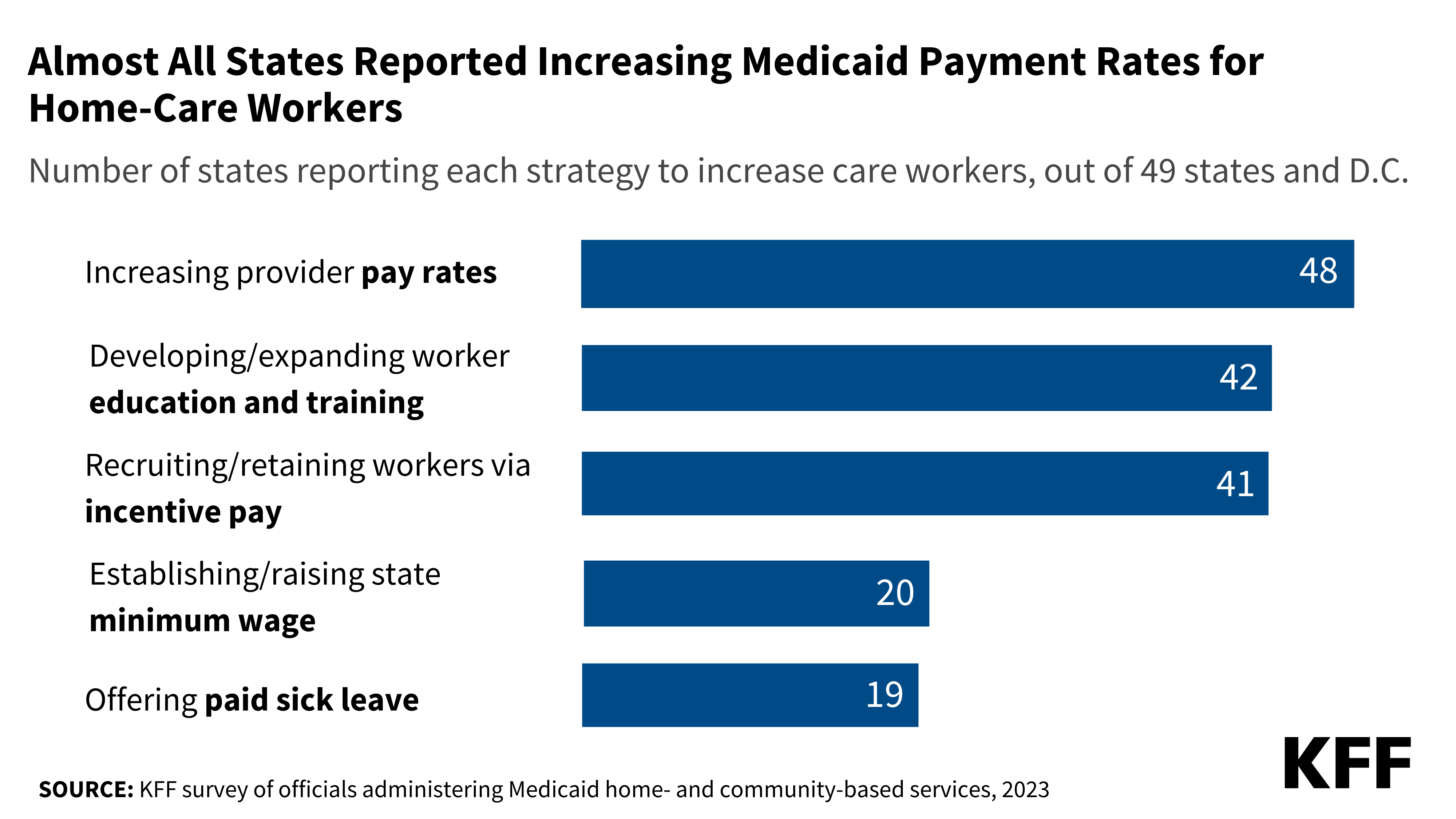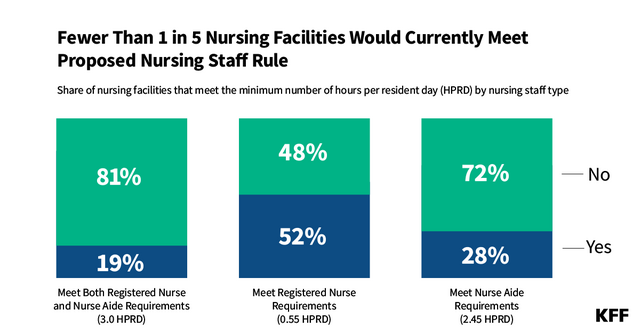Potential Impact of Additional Federal Funds for Medicaid HCBS for Seniors and People with Disabilities | KFF
The American Rescue Plan includes a provision to increase the federal matching rate (FMAP) for spending on Medicaid HCBS by 10 percentage points from April 1, 2021 through March 31, 2022 provided states maintain state spending levels as of April 1, 2021. This brief discusses the proposal and provides state by state estimates of the potential effects of the policy change. It was updated on May 28 to include key points from the new CMS guidance about how states can access the funds and examples...| KFF




